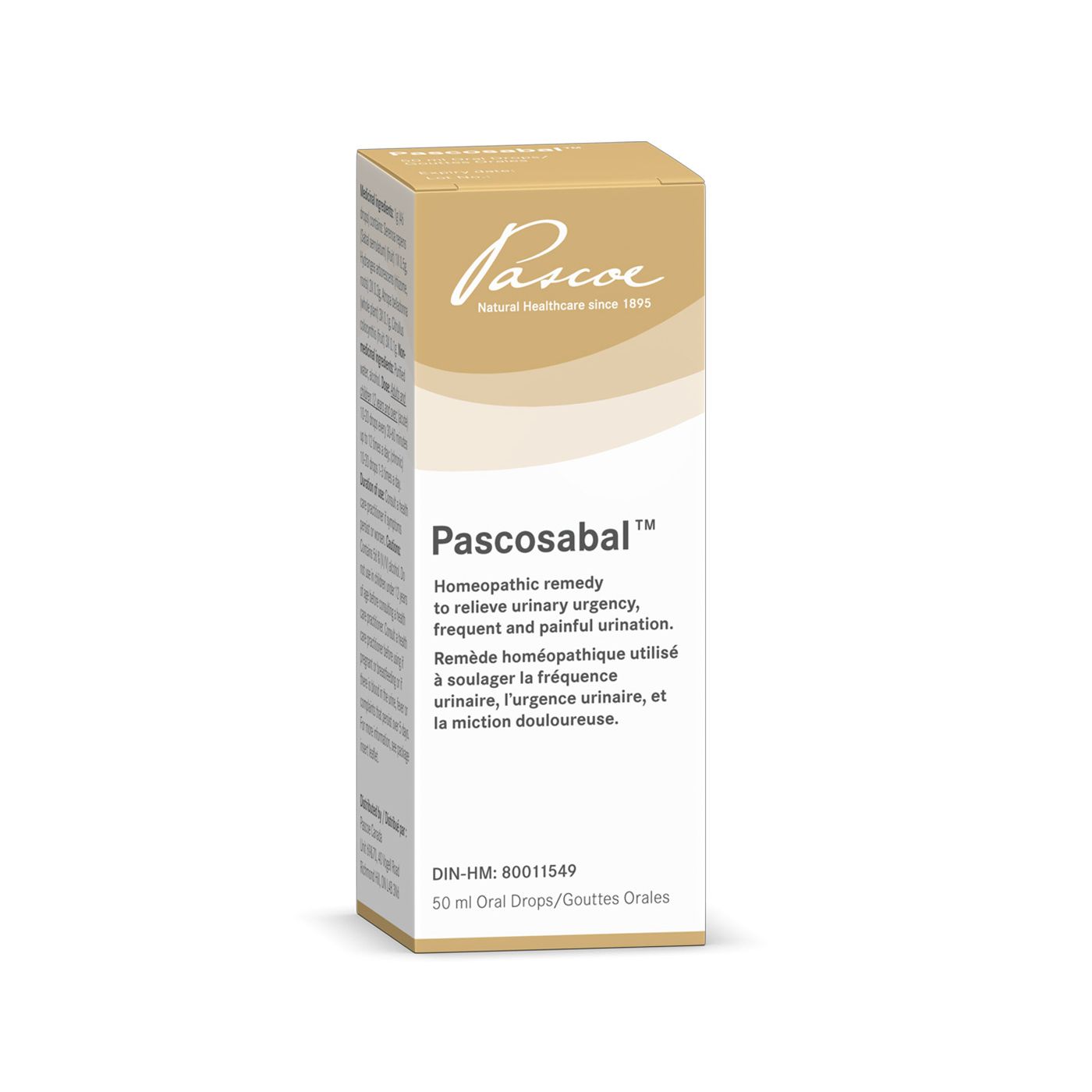Top 5 Ways to Prevent Bladder and Urinary Tract Infection
If you’ve had a bladder or urinary tract infection before, you’ll remember the symptoms. Bladder infection symptoms include urgency, frequency, burning when you pee, dark or cloudy urine, pain, fullness or tenderness of the lower abdomen, blood or foul-smelling urine, or trouble peeing all together. These symptoms can be incredibly unpleasant and can quickly interfere with our day-to-day functioning.
But what exactly is going on here?
What is a Bladder Infection?
The cause of bladder infection is unwanted bacteria travelling up the urethra, into the bladder, infecting the area. Like any other area of our body, we have a delicate balance of bacteria present at all times. If it’s healthy, things function optimally with no adverse side effects. When this balance gets disrupted by foreign invaders, the body responds through inflammation and pain.
What is a Urinary Tract Infection (UTI)?
A UTI is often a precursor to a bladder infection, exhibiting many of the same symptoms. A UTI is an infection of the urinary tract – the tract leading to the bladder.


The urinary system includes the urinary tract, bladder and kidneys, in this order as we travel upwards from the genital area. The urinary system is responsible for the creation and excretion of urine. The kidneys filter our blood and store urine to help pass out toxins and metabolic byproducts.
Oftentimes, when this tract becomes infected, left untreated, it can make its way up to the bladder and kidneys.
Cystitis in the pain and inflammation associated with a UTI. When these symptoms and the associated bacteria travel upwards, we will notice because these symptoms will worsen.
If the kidneys become infected, this is much more severe, can lead to kidney stones, and will need to be treated with antibiotics. Seek assistance from your health care provider.
Risk Factors for Bladder and Urinary Tract Infections
Women are at a higher risk of getting recurrent UTIs. This is because the urethra in a woman is much shorter than a man’s. Other risk factors for urinary system infection can include poor diet and hydration, as well as repeated antibiotic use.
A healthy diet supports the growth and proliferation of protective bacteria. If our diet does not frequently contain prebiotic and probiotic rich foods, our bacterial microbiome suffers and we become more susceptible to infection.
Hydration is key to eliminating toxins and metabolic byproducts, both through urine and faeces. If waste products linger too long in the body, they can help proliferate unwanted bacteria and make us more susceptible to localised and recurrent infections. It is important to drink plenty of water and other non-diuretic liquids daily, to support the body’s natural cleansing processes.
Because of the female proximity of the urethral opening to both the anus and vagina, women are much more susceptible to infection, and need to be mindful of proper hygiene. When using the bathroom, wipe from front to back, and not the opposite. This keeps unwanted bacteria away from the urethra and urinary tract.
Due to our anatomy, women are more susceptible to infection. Recurrent urinary tract infections are often treated with antibiotics. When we take antibiotics, they are powerful and will take beneficial bacteria out with the “bad”. When prescribed antibiotics, it’s important to also supplement with probiotics, prebiotics, and increase probiotic rich foods to replenish our bacterial defenders.
Certain types of birth control also increases risk. Spermicide, diaphragms, and cervical caps, while effective, increase our chances of urinary system infections. These forms of birth control can alter both vaginal bacteria and pH balance, two delicately balanced systems of health.
Vaginal pH is delicate and contributes to the overall health of the female body. Never use soap vaginally. The vagina is a self-cleaning mechanism, and soaps and cleansers alter the delicate balance of both bacteria and acid-base balance here.
Infection Prevention
Working preventatively can be vital for some, and for the rest of us, serve as solid guidelines for healthier living.
When changing lifestyle factors, begin by…
1. Embracing a whole foods diet
This includes lots of variety in terms of vegetables, fruits, whole grains, beans and legumes, organic meats (if you consume them), and healthy fats.
Follow this up with…
2. Plenty of hydration
Drink lots of water, herbal teas, plus, water-rich fruits and vegetables like celery, watermelon, cucumber, and more. Supplement with unsweetened cranberry juice if you’re someone more susceptible to these kinds of infections.
Cranberries contain a potent antioxidant called a-type proanthocyanidins. Its’ tart juice can help prevent foreign, unwanted bacteria from adhering to the walls of the urinary tract and bladder.
And finally, use…
3. Targeted supplementation
Cranberry juice, as well as prebiotic fibres and probiotic-rich foods can help support our proliferation of good bacterias and safeguard this system against infection. This includes foods like yogurt, kefir, sauerkraut, kimchi, and fruits and vegetables with lots of soluble and insoluble fibre.
Acute Treatments or How to Get Rid of a UTI or Bladder Infection Quick!
If you’ve ever experienced symptoms of a UTI or worse, kidney infection, you’ve likely been waiting for this section on how to prevent UTI and associated infections. These symptoms can be frustrating, very painful, and disruptive!
The final two steps of preventing and/or treating a urinary infection, or preventing infection from travelling further up the urinary system, are removing stressors and irritants, and aiding in the reduction of overall bodily inflammation.
4. Remove general stress as well as bladder and urinary tract irritants
If you’re feeling stressed out – lighten your load where you can. Find ways to reduce tension, take deep breaths, and take good care of your body. The body can’t respond well to these invaders when it’s in a constant state of stress!
Reduce bladder and urinary tract irritants including highly acidic foods and beverages. You don’t want to cause further inflammation and pain through your food and beverage choices. This means limiting or eliminating alcohol and caffeine, as well as foods like tomatoes, spices, and citrus fruits, until the infection passes.
5. Reduce inflammatory factors
An overly inflamed body is one that is more prone to infection and has a harder time fighting off existing infections. By reducing inflammation, you can work directly to ease pain and discomfort associated with the infection.
Homoeopathic remedies include anti-inflammatory and antispasmodic plants like serenoa repens, hydrangea arborescens, atropa belladonna, and citrullus colocynthis, which help to address acute symptoms. In combination, they can reduce the frequency of urination, as well as ease the pain and discomfort associated with urinary system infections.
If you suffer from recurrent urinary system infections or are currently suffering, know that relief is attainable. By making a few lifestyle adjustments, targeting infection with antibiotics when necessary, and supporting through supplementation, you can free yourself from the disruption and pain of urinary system infections!
Disclaimer
Pascoe Canada does not offer health or medical advice as we are not a healthcare practitioner. Please speak with your healthcare practitioner before beginning any program related to nutrition, diet, exercise, fitness, medical, and/or wellness. All content published by Pascoe Canada is developed through collaborating with licensed medical professionals and contributors. This includes text, graphics, images, and other material on the website, newsletter, and products (“Content”). This content is for informational purposes only and does not constitute medical advice. The content does not substitute professional medical advice, diagnosis, or treatment. Please always do your own research on whether this is for you along with your healthcare practitioner advice. Always consult your healthcare practitioner prior to using specific herbs because you might have underlying conditions that need professional care. The content is general in nature and is subject to change. It is not intended to cover all possible uses, directions, precautions, warnings, drug interactions, allergic reactions, or adverse effects.


